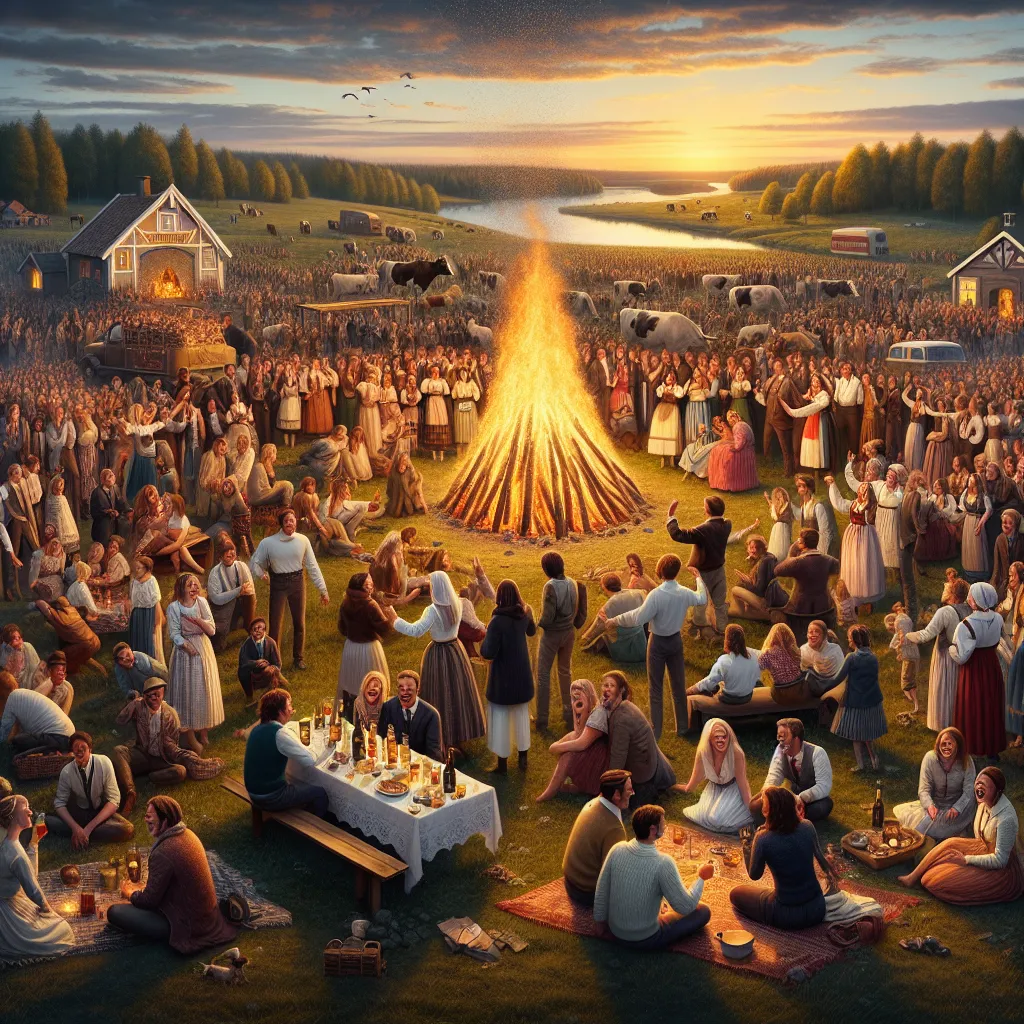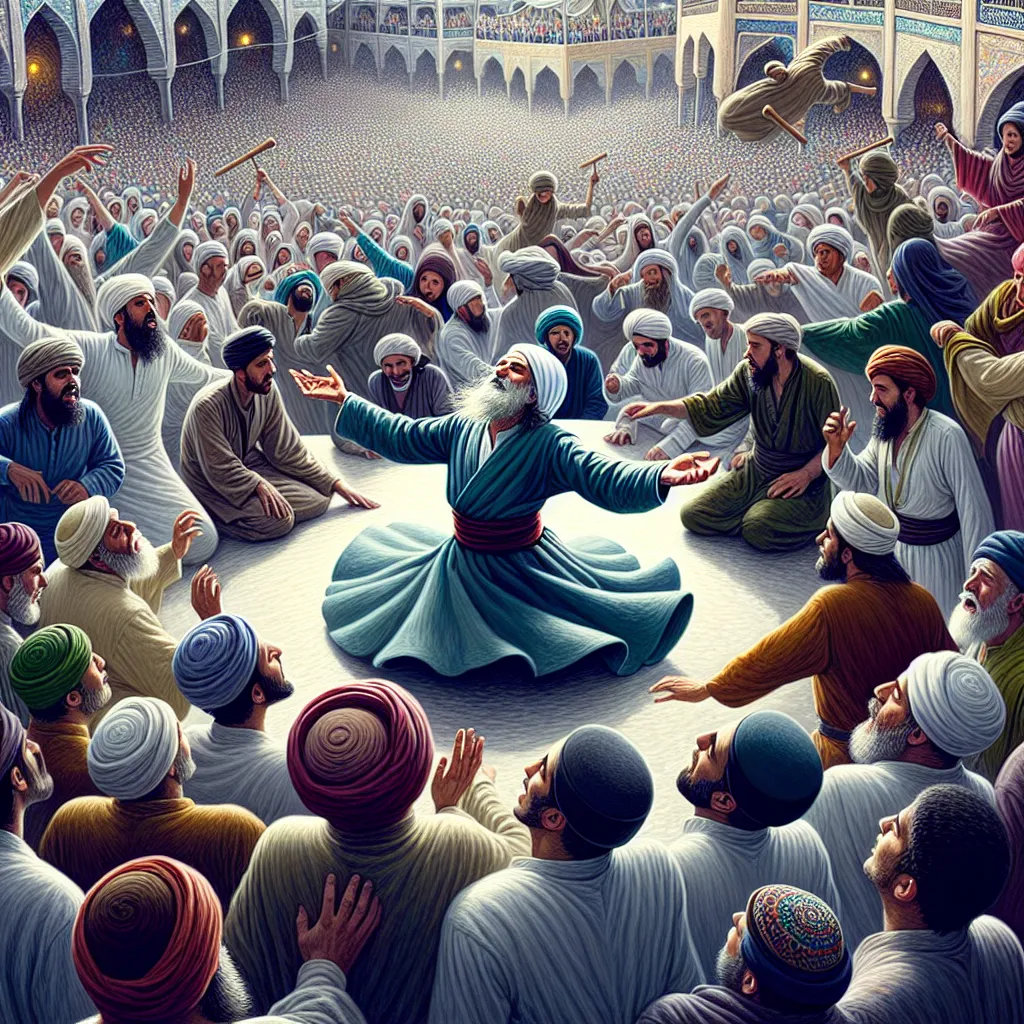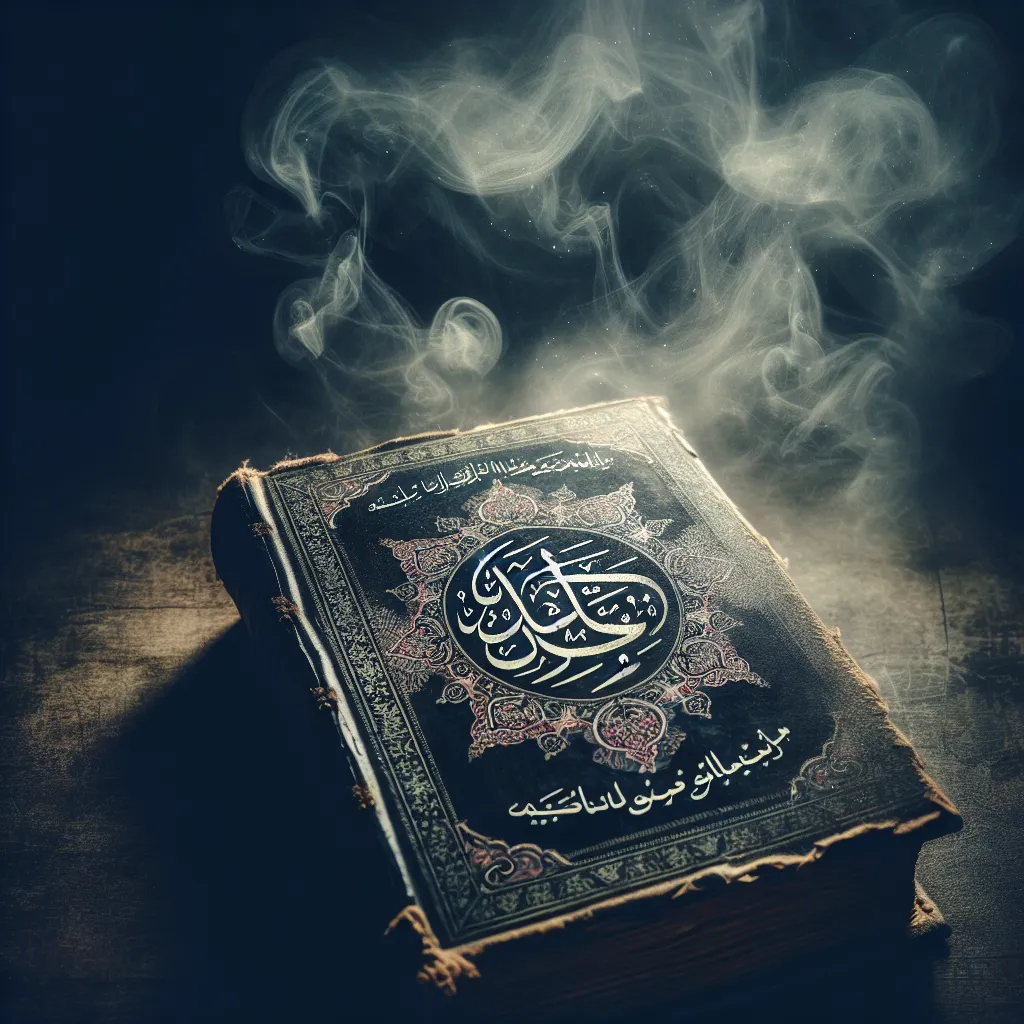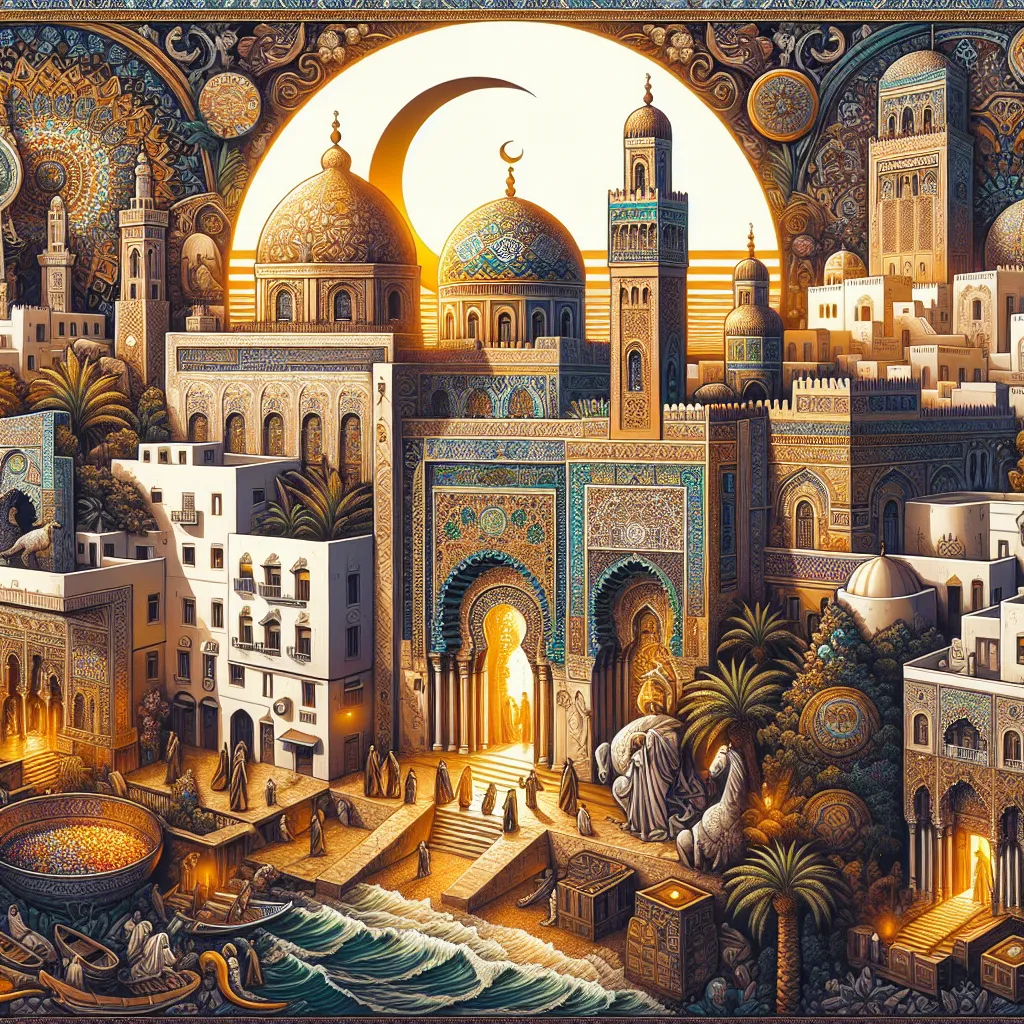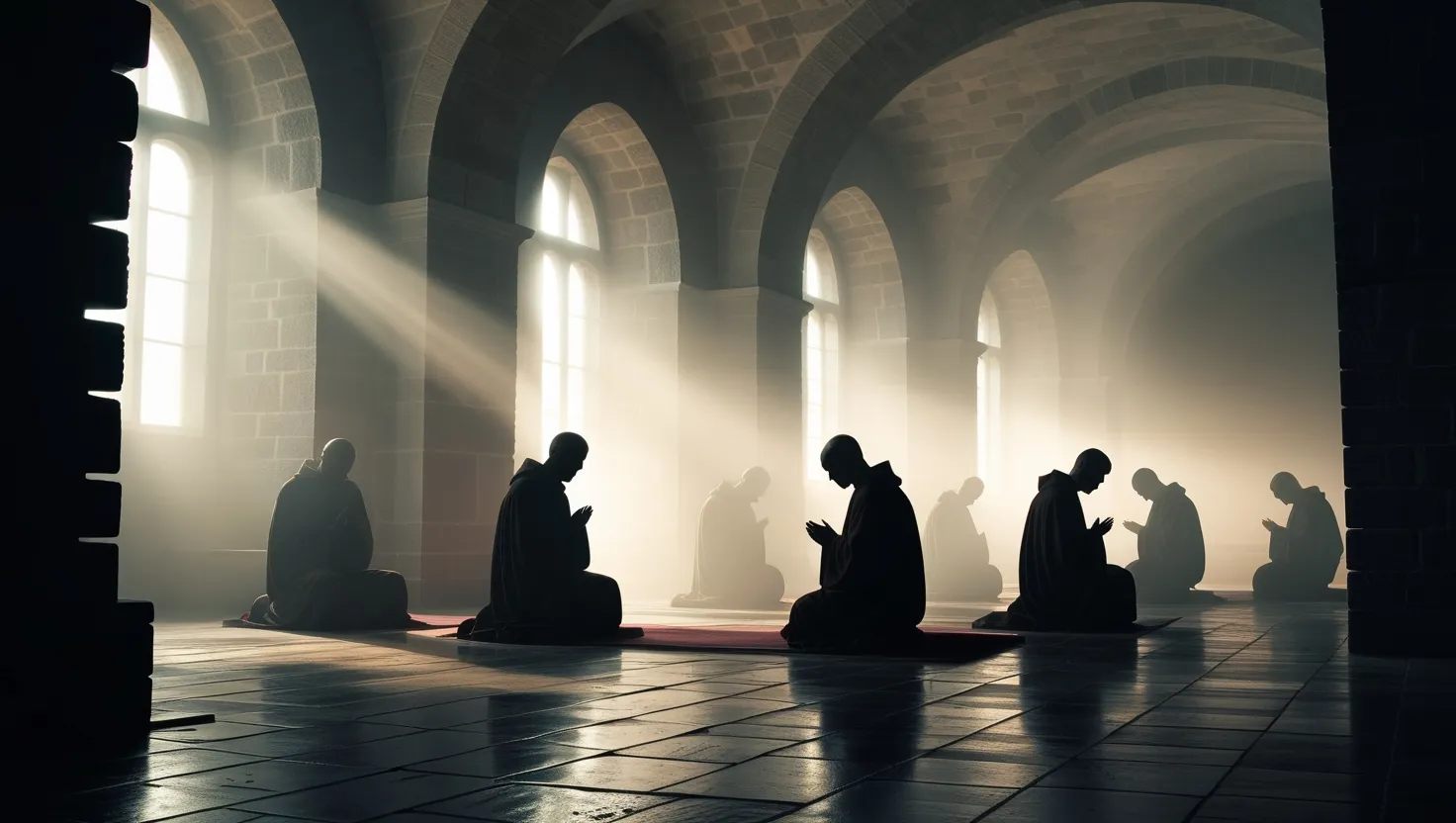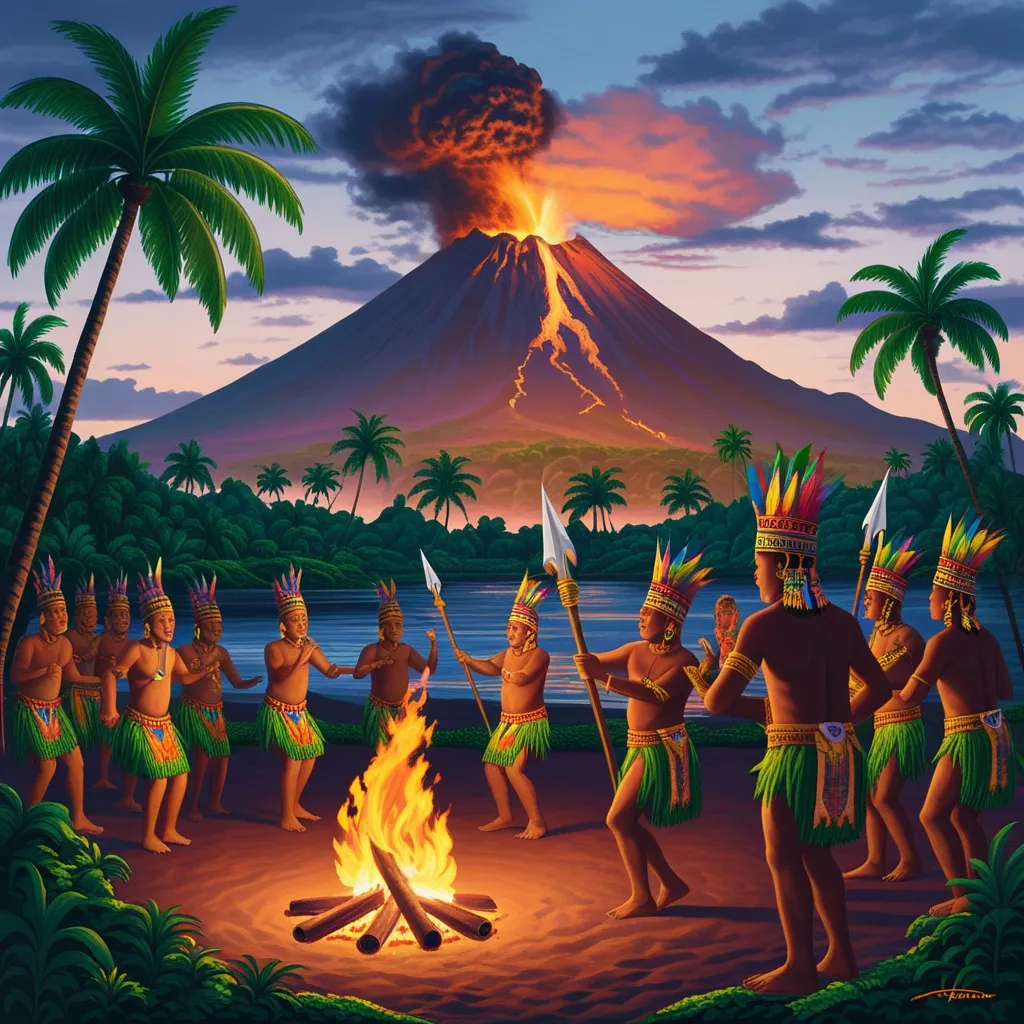On April 30th, people in Sweden and neighboring countries like Germany, Finland, Denmark, and Estonia come together to celebrate an annual event known as Valborgsmässoafton, or simply Valborg. This day marks the arrival of summer and is celebrated with big bonfires, songs, and speeches. For students at various universities, it’s also a great excuse to indulge in lots of drinks.
But what’s the story behind Valborg? Well, the name Valborgsmässoafton translates to the Eve of Walpurgis’s Mass and has roots dating back to medieval Germany. It actually originates from Catholicism and an 8th-century English missionary named Saint Walpurga. She was a key Christian figure who ventured to Germany to convert the locals. After her death around the year 777, she was canonized as a saint on May 1, 870. Thus, April 30th is essentially the eve of her canonization.
While its roots are religious, Valborg is also a significant day for the transition from winter to spring. In Sweden, it’s around this time that cattle are let out to graze after the long winter, marking the true arrival of warmer weather. For most people today, celebrating spring’s arrival is far more important than remembering an obscure Christian saint.
Valborg is widely celebrated with various activities. Communities often organize food, music, and other fun events to foster a sense of togetherness. Choirs sing traditional songs, and local celebrities or politicians may give speeches. For students, especially in cities like Uppsala, the celebrations can become quite elaborate, featuring marches, picnics, and champagne breakfasts.
Central to Valborg is the lighting of a big bonfire. While the exact reason for this is unclear, several theories exist. Some suggest it’s to ward off evil spirits and witches, given that Saint Walpurga was associated with protection against such forces. Others believe it’s to scare away predators that might threaten newly released cattle.
Truth be told, many people don’t really think about why they participate in these rituals. The act of doing it, the performance of the tradition itself, is what matters. It brings comfort and a sense of belonging. It’s not really about Saint Walpurga or even about the arrival of spring. It’s about us, our connections, and being part of a community.
So next time you’re lighting a fire on Valborg, remember that it’s more than just a celebration of the seasons. It’s a way to feel connected with those around you, reliving traditions that bring joy and unity. Happy Valborg, and see you next time!
